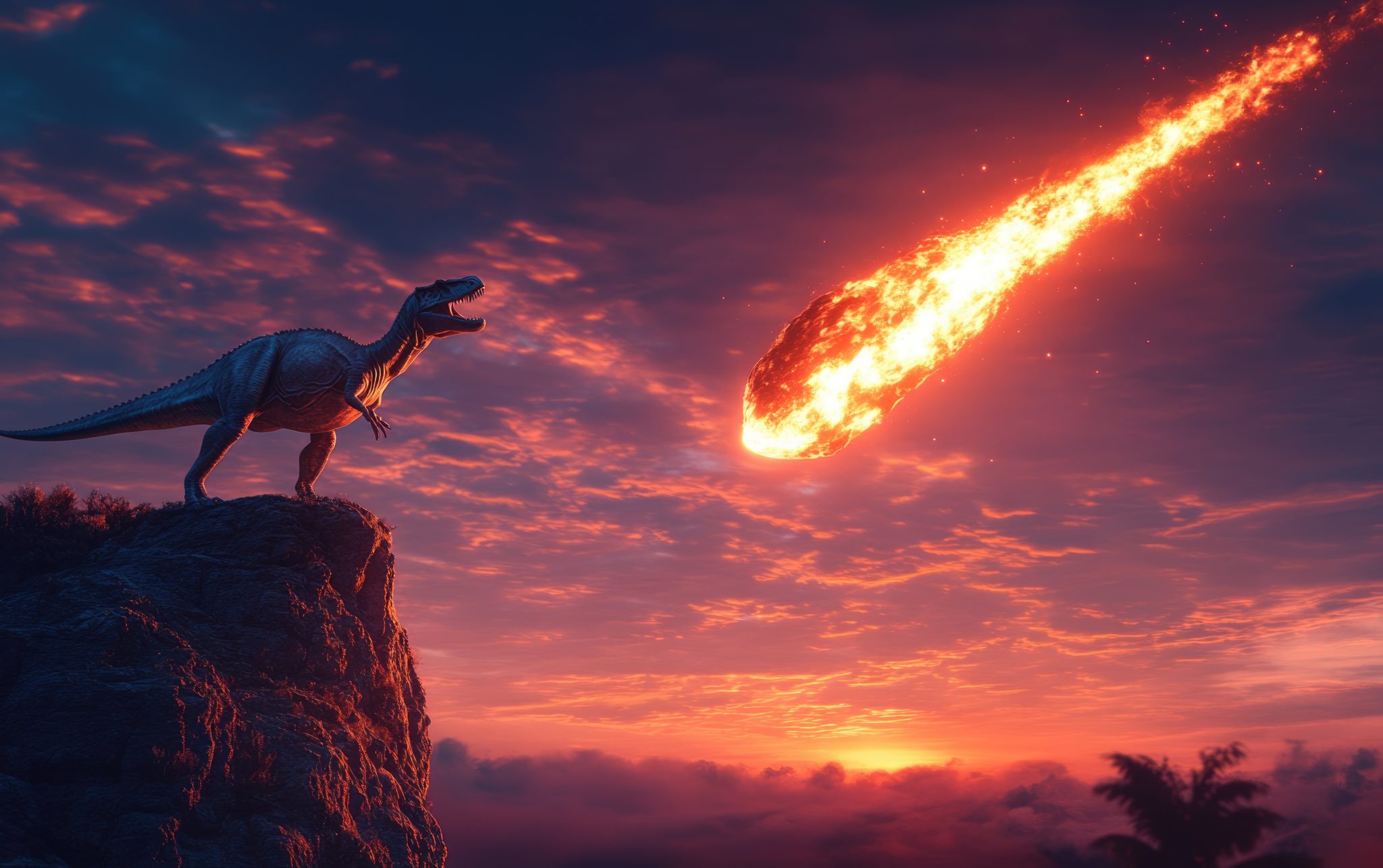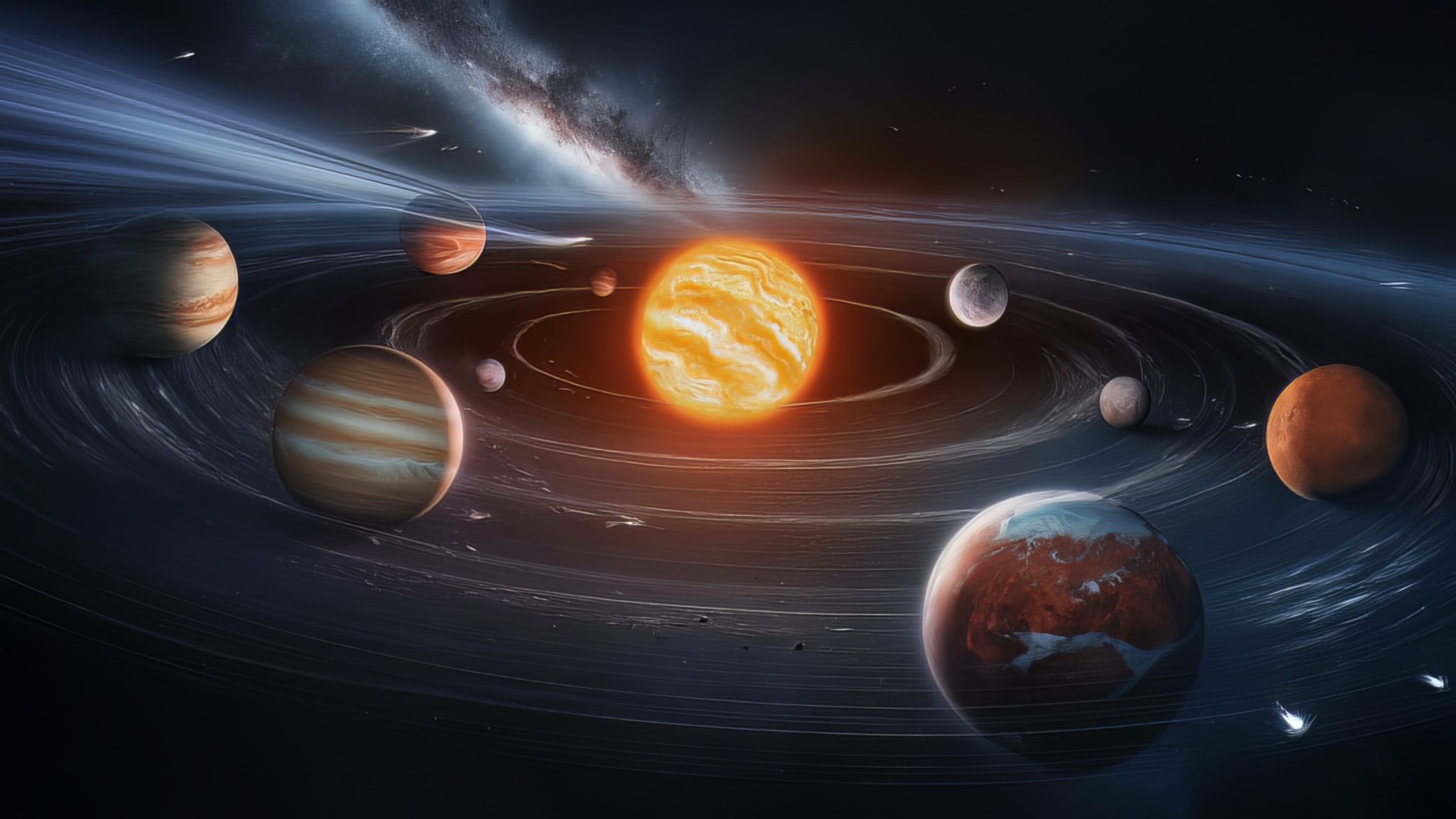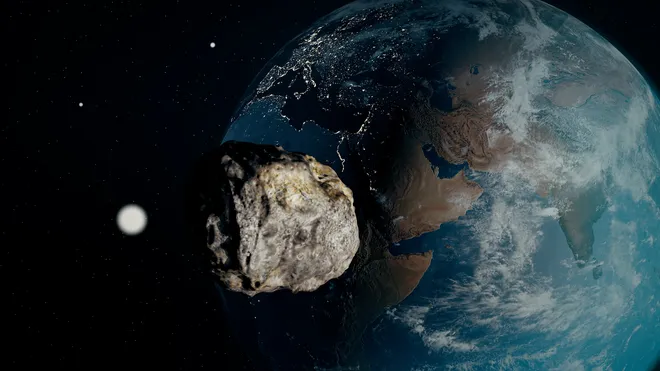
2024 PT5, the Second Moon
In the cosmic dance of the heavens, where stars and planets move in their eternal waltz, the Earth has always been accompanied by its steadfast companion — the Moon. For millennia, the Moon has guided the tides, inspired myths, and watched over us from the night sky. But in a rare celestial event, Earth is about to gain a temporary twin. This visitor, an asteroid named 2024 PT5, Earth’s second moon, will orbit our planet briefly before continuing its journey across the cosmos.
From September 29, 2024, until November 25, 2024, Earth will have not one, but two moons. However, blink and you might miss it. This “mini-moon” is no larger than a small house, measuring between 16 and 138 feet across, making it nearly invisible to the naked eye. But its presence is significant, an example of the universe’s unpredictability.
The Ancient Myth of Celestial Visitors
In ancient mythologies, such sudden appearances of celestial bodies were often seen as omens or messengers of the gods. The Greeks spoke of Artemis, the Moon Goddess, who could call forth additional moons as a sign of divine intervention. In Indian mythology, Chandra, the Moon God, was believed to have companions in the form of smaller moons that occasionally orbited the Earth.

Much like these ancient stories, 2024 PT5’s journey feels like a cosmic visit from a distant realm, a brief stopover before continuing its voyage across the stars. This asteroid, part of the Arjuna family, orbits the Sun in a path very similar to Earth’s own. Astronomers discovered it on August 7, 2024, using NASA’s Asteroid Terrestrial-impact Last Alert System (ATLAS), and have been tracking its path since.
A Harmless Visitor
Unlike the asteroids of myth that brought destruction, such as the one believed to have ended the reign of the dinosaurs, 2024 PT5 poses no threat to Earth. At a distance of 2.6 million miles — about 10 times the space between the Earth and the Moon — this mini-moon will merely pass by, allowing scientists a rare opportunity to study such a phenomenon. The asteroid may be similar in size to the one that exploded over Chelyabinsk, Russia, in 2013, but thankfully, there is no chance of collision.

The Horseshoe Path and Future Encounters
2024 PT5’s path around Earth is not a perfect circle but a curious, horseshoe-shaped orbit. This unusual trajectory is common for asteroids captured temporarily by Earth’s gravity. After its brief stint as a mini-moon, 2024 PT5 will slip away into the depths of space once again. But this isn’t a final farewell — astronomers predict that it will return in January 2025 and make further visits in 2055 and 2084.
Unlike the full moon that fills our sky with light, this mini-moon will remain invisible to most. Only astronomers, using advanced telescopes, will be able to observe its movement, size, and path, gathering crucial data that will help us understand these cosmic travelers better.

The Return of the Mini-Moon
As 2024 PT5 continues its journey through the cosmos, it reminds us that our world is part of a vast, ever-changing universe. While mini-moons are temporary visitors, their presence echoes the stories of old — where the heavens sent down mysterious bodies to interact with Earth, if only for a fleeting moment.
As modern-day skywatchers prepare to study 2024 PT5, we can reflect on the ancient myths that saw these celestial visitors as messages from the gods. Though science now guides us, the wonder of the universe remains, reminding us of the beauty, mystery, and grandeur of space.

Image credits: AZ Central
So, as Earth gains its second moon this September, even if we cannot see it, we can imagine it as a part of a great cosmic story, one that continues to unfold as the universe reveals its secrets.
IS360 Can be Reached at
Sharing is caring!

